Low bone density causes middle-aged women to lose height, have back pain, limited mobility, and are prone to tooth loss.
Women are at greater risk of weak, brittle bones than men, especially after middle age. This condition is caused by hormonal changes during menopause. Weak bones lead to reduced mobility and poor oral health. Women can recognize the signs of declining bone health below.
Fractures : Low bone density makes bones weak and more likely to break. Fractures can occur in the spine, wrist, hip, and other parts of the body.
Back pain : Fractures related to low bone density in the spine cause severe back pain, which may be constant or intermittent. Back pain may improve (after a few days to a few weeks) depending on the cause and proper care such as adequate rest, heat or cold, and medication.
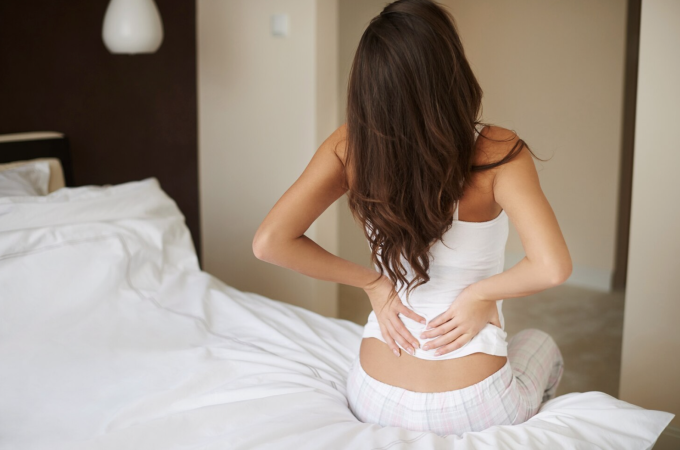
Back pain can be caused by bone problems. Photo: Freepik
Height loss : This condition is related to the aging of bones, muscles, and joints, and is a sign of osteoporosis. At age 40, a person usually loses about 1 cm every 10 years. The cause is due to the cartilage between bones wearing down over time, loss of bone mineral density, spinal fractures, or gaps between vertebrae.
Humpback is common, can occur at any age, due to many causes. Fractured vertebrae leads to scoliosis; often occurs in weak bones, due to compression, without obvious symptoms. This condition leads to many complications if not treated early, such as limiting mechanical function, affecting digestion...
Tooth loss : Bone loss related to low bone density can also affect the jawbone, causing tooth loss.
Reduced mobility : Fractures and other complications from low bone density can reduce mobility and increase the risk of falls. Poor mobility can cause stiff, painful joints, making it more difficult to participate in activities or daily tasks.
How to improve bone health
Exercise : Regular exercise helps increase bone and muscle strength, thereby preventing osteoporosis. Women who walk, jog, play tennis, cycle and dance improve bone health and aid in weight loss.
Calcium Supplements : The recommended daily intake of calcium for adults at low to moderate risk of osteoporosis is 1,000 mg. For those at high risk, such as menopausal and postmenopausal women, it is 1,200 mg.
Foods rich in calcium include dairy products (low-fat); salmon and sardines; dark green leafy vegetables such as kale, broccoli...
Don't smoke, avoid alcohol: Smoking can affect estrogen production, while too much alcohol can damage bones, increase the risk of falls.
Vitamin D supplements : The body uses vitamin D to absorb calcium. Sunbathe for about 30 minutes a day, increase your intake of foods such as eggs, fatty fish, cereals and milk to provide more vitamin D for the body. Women who use additional support products should consult a doctor about the dosage to avoid harm to their health.
Le Nguyen (According to Hindustan Times )
Source link








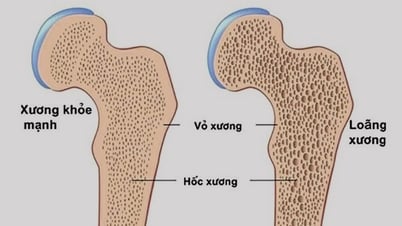



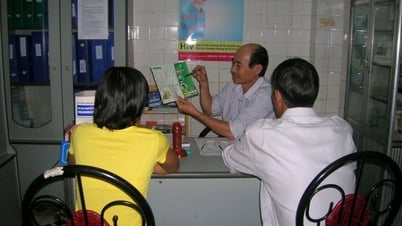








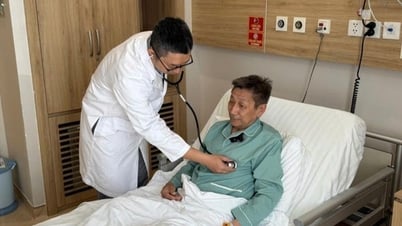
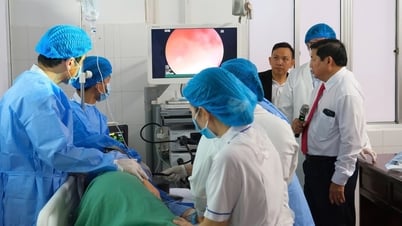




























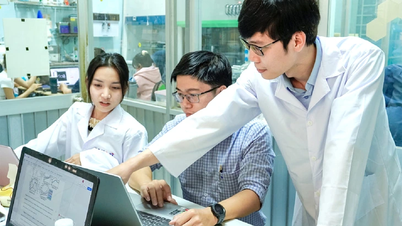
























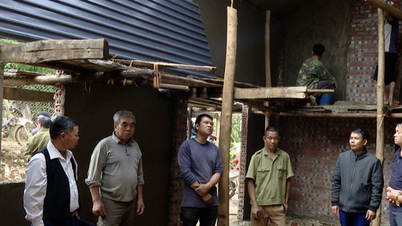











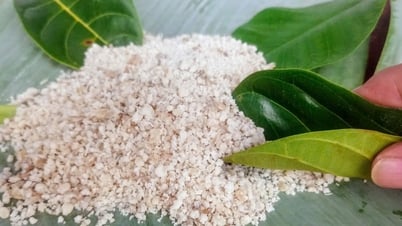


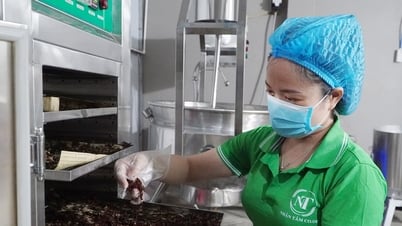










Comment (0)